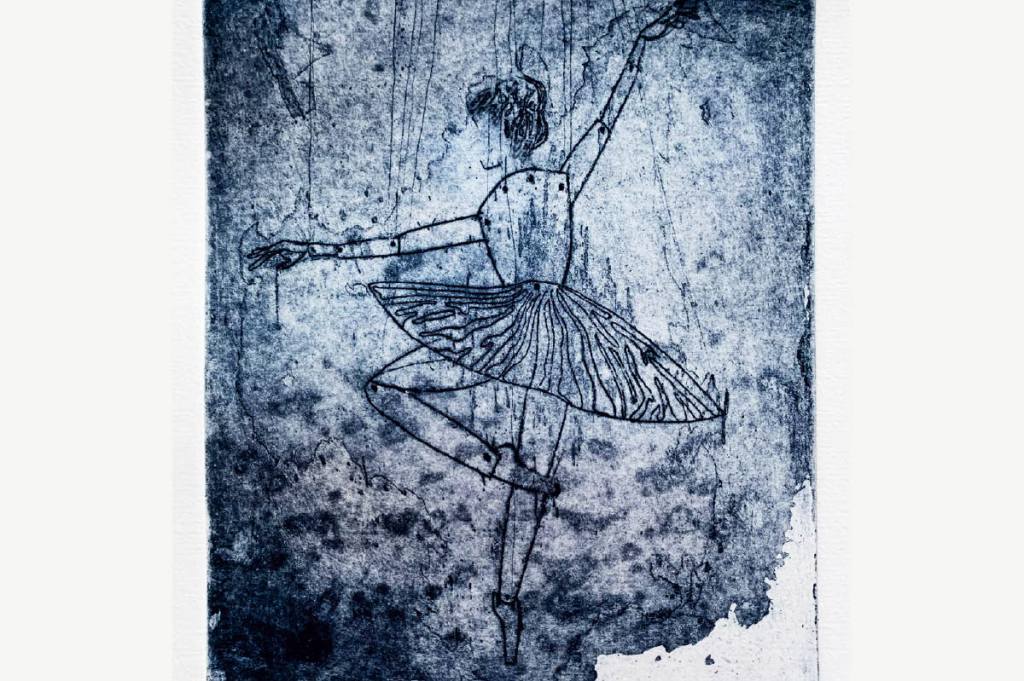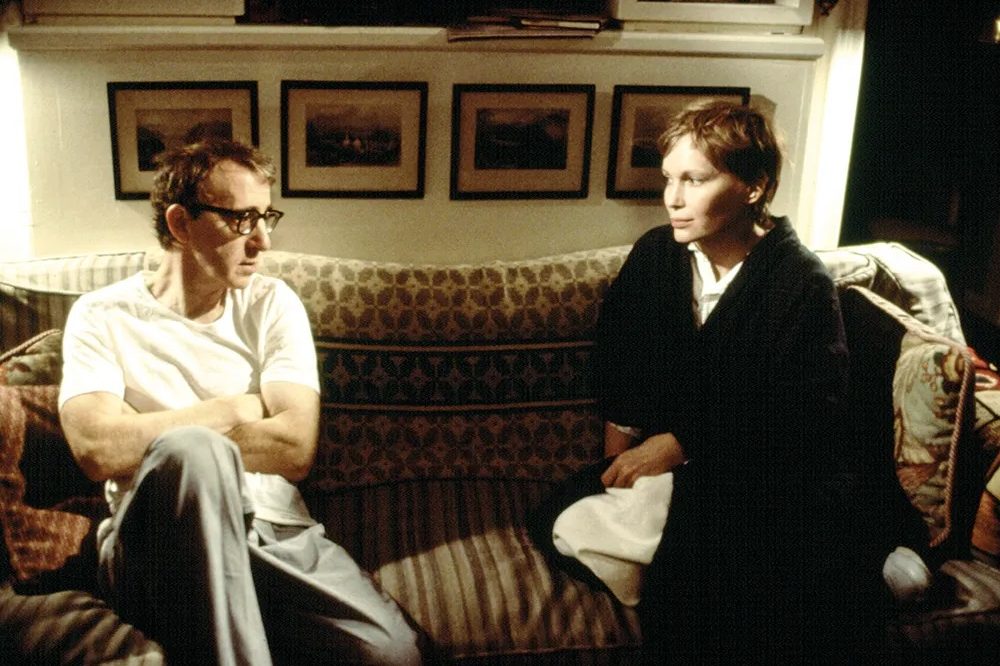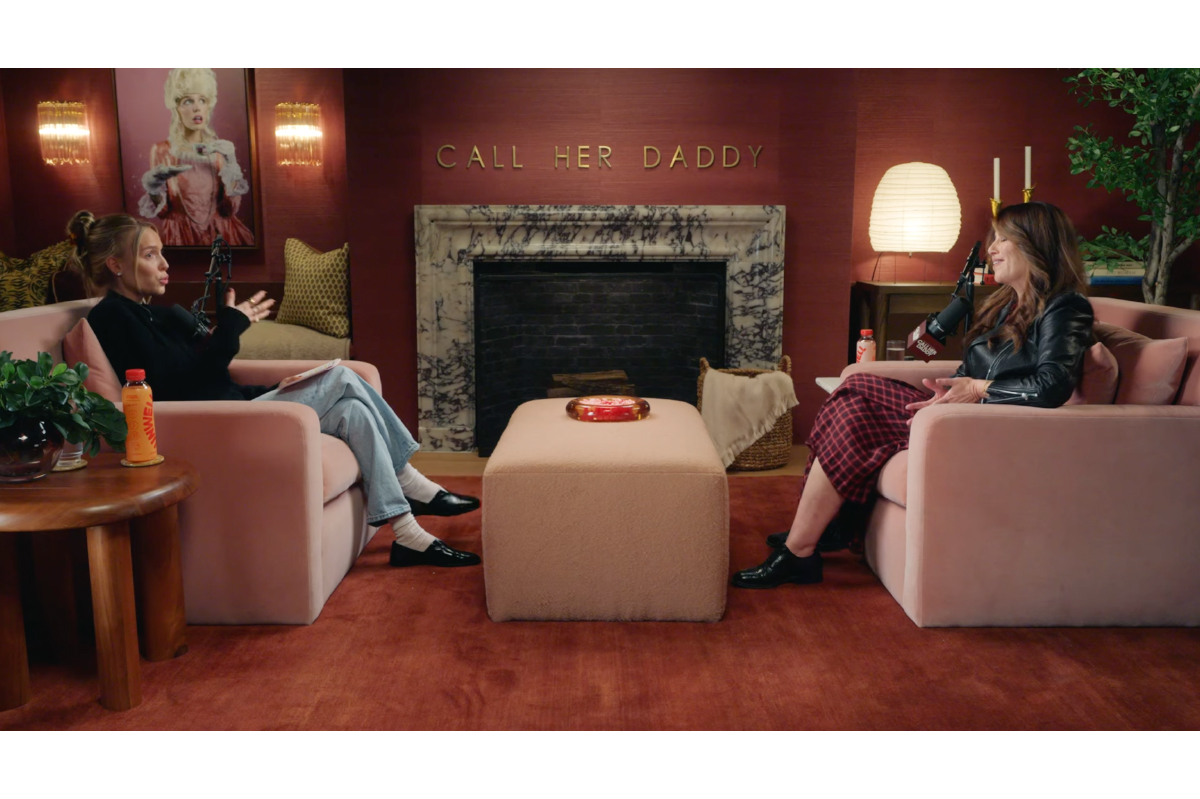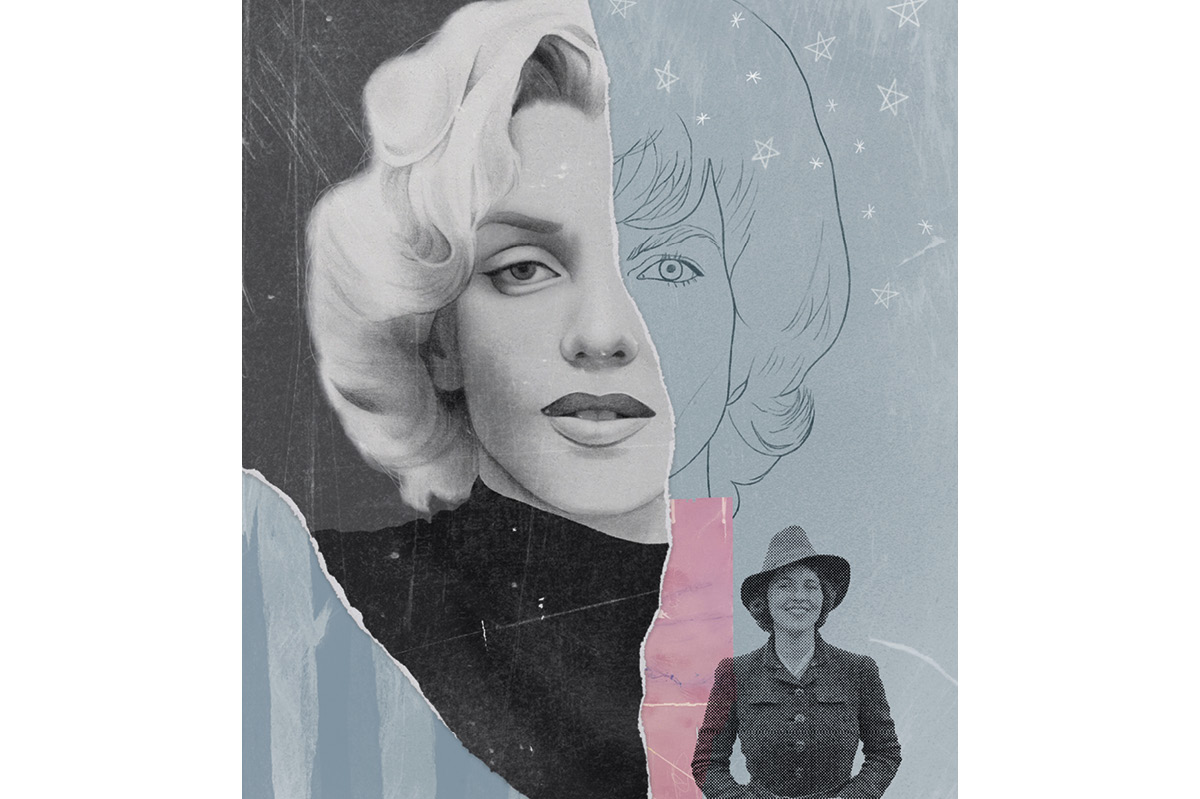When it comes to the arts, I have an allergy to the concept of “relevance.” Yet this tired term continues to exert its power over the creative industries — and one art form, in particular, has scant defense against it. I mean the one whose most familiar symbol is a near-weightless woman with switchblade limbs, poised impossibly on the tiny blocks encasing her toes, wearing a white circle of tulle around her minimal hips and pretending to be a swan.
Ballet.
Is ballet relevant? Do sylphides and sleeping beauties have anything to say to a twenty-first-century audience? Do princes in tights? What about a lead character like Giselle, who kills herself after being betrayed by her upper-crust suitor, floats sorrowfully in never-never land, then forgives the guy when he is condemned to dance himself to death? What sort of role model is that?
Of course Giselle was first staged at a time — 1841 — when female agency was not a big thing, while Swan Lake and Sleeping Beauty were conceived in the late nineteenth century. But this is less an excuse than a problem, given the neophile nature of the artistic world; as the new director of American Ballet Theatre (ABT), former dancer Susan Jaffe, put it last year, “ballet has been discussed negatively recently saying that it is old.”
Within that stark statement lies a wealth of complexity. “Old” means far more than just “from a long time ago”; it means belonging to a world that is no longer deemed relevant: a Western world, a rarefied world, a white world. A world in which the male-female dynamic, as expressed in the classical pas de deux — powerful man lifts beautiful girl — is seen as absurdly retrograde. “Sorry, there is no such thing as equality in ballet,” as Jaffe’s predecessor at ABT, the revered Ukrainian Alexei Ratmansky, once put it, alongside a photoshopped image of a ballerina lifting a man. Ratmansky was not being entirely serious, but he made his point.
In fact, ballet deifies women, at any rate those who are thin and graceful. There is nothing more goddess-like than a ballerina, although the unreality of that image comes at a high price. Too high, it is now suggested. The recently appointed director of English National Ballet, Aaron S. Watkin, gave an interview last year in which he said: “Body type is not a standard I’m looking for.” Instead, said Watkin, “I’m looking for elite athletes that can perform to their best,” noting that young people “want to see something on stage they could relate to.”
Meanwhile the 2023 book, Don’t Think, Dear by Alice Robb, who trained at an associate school of New York City Ballet, detailed a Black Swan culture in which dancers starve themselves — in grisly tribute to the NYCB co-founder George Balanchine, who famously wanted “to see the bones” — and are, more seriously still, subjected routinely to inappropriate behavior and even sexual abuse.
Ballet has, indeed, had its #MeToo moments, which included allegations of harassment toward male as well as female dancers. Multiple claims were made against former NYCB artistic director Peter Martins, although an investigation found no corroborating evidence. Nevertheless these words from Robb’s book do strike a chord: “Young, precarious, naive about the world, and accustomed to following orders: ballerinas-in-training were the perfect victims.”
I myself trained briefly for a career in ballet. It is not for the faint-hearted. The teaching is tough, as — then — were the teachers; today one can imagine demands for trauma counseling for all the prodding and yanking that went on, along with the constant self-examination and terror of extraneous flesh. Yet to us it seemed quite natural. Even desirable. We were high on what you might call the Red Shoes premise: that only a near-masochistic absorption in ballet would bring the ultimate reward of clip-clopping in our pink satin hooves on to the stage at Covent Garden.
Then, one by one, we fell by the wayside, as our bodies refused to attain the balletic ideal. It was physical predestination, as surely as that which decrees that a racehorse with flawed conformation cannot win the Epsom Derby. Elitism is the name of that game.
And therein lies another concept to discomfort the modern world. We know that elitism has to exist — nobody will sing at the Met unless they have an elite voice; nobody will win a tennis Grand Slam unless they have an elite serve — but like good egalitarians we prefer to pretend otherwise. With ballet, however, no pretense is possible. The elitism is blatantly on show. It is the show.
Ballet is about the hyperarticulacy that goes with having a body so expressive it can show every movement of the soul. This informed not just the classical tradition, but what came afterwards throughout the twentieth century, when choreographers and dancers explored the tension between rigor and freedom: between the irreducible technique and how far that technique could be pushed without demeaning it. Therein lay the thrilling productivity of Diaghilev’s Ballets Russes, of the Royal Ballet’s genius creators Frederick Ashton and Kenneth MacMillan, of the golden partnership between Fonteyn and Nureyev.
What does that have to do with the “relatability” that Aaron Watkin extols? Ever tried to lift a relatable body in the air?
You cannot blame the ballet company directors. They are up against it, trying to prove that there is a fan base beyond the affluent middle classes and their starry-eyed children. Susan Jaffe spoke last year about the need to find a “younger, diverse audience,” which in a sense her appointment represents: she is the first woman to direct American Ballet Theatre in its eighty-four-year history.
She has expressed aims such as using more female choreographers, and allowing dancers to wear tights that match their skin tone, rather than the traditional pink, which sounds like a straightforward courtesy. It was not until 2015 that Misty Copeland — now a figure of some celebrity — became the first African-American dancer promoted to the rank of principal at ABT; accusations that ballet is too white probably had validity in the past. But dancers of color now feature increasingly prominently, leading one to hope that this might become a non-issue.
Aside from these sensible innovations, however, Jaffe has stated her unadulterated love for “the classics,” admitting frankly that “they sell the houses out.” And therein lies the problem — if it is a problem.
Because relevant or not, ballet is — as they say — having a moment. It is fashionable. Literally so, in that Victoria Beckham’s acclaimed collection last fall was inspired by the clothes that she wore as a dance student; at a show preview, she described how a cocktail dress had been inspired by an old tutu, “dragged down from my mum’s loft.” Coincidentally the Royal Ballet’s new power couple, the principals Mayara Magri and Matthew Ball, were featured in Britain’s Tatler magazine as ballet’s “Posh and Becks.” Meanwhile any influencer worth a commission will be displaying moves from their “barre” class and posting images of that object of enduring fascination, the ballet shoe.
At my own class, for what it’s worth, nobody is interested in relatable bodies. Reality is for real life. Ballet is above and beyond. And there is an inexpressible beauty even in the lines of ill-assorted women standing at the barre, paying homage to rules developed at the court of Louis XIV, reverting to their simpler, single-minded girl-selves as they dream of the ballerina ideal.
That said: there is a serious side to the relevance question. Consider the “old” ballets — the Swan Lake of Tchaikovsky and Petipa; the Petrushka of Stravinsky and Fokine; the Symphonic Variations of Ashton; the Mayerling of MacMillan… These are creations of enduring worth, which make the human body itself into an artistic instrument, something that no other art form can do.
Yet the most recent of them is forty-six years old. All were born of that time when ballet as a form had somewhere to go. Is that still the case, or has it evolved as far as it can? Has the real stuff all been done? It is an argument made most cogently by the US historian Jennifer Homans in her 2010 book Apollo’s Angels, in which she wrote: “Contemporary choreography veers aimlessly from unimaginative imitation to strident innovation — usually in the form of gymnastic or melodramatic excess.”
However good a new ballet may be — such as Cathy Marston’s 2020 work The Cellist, inspired by Jacqueline du Pré — it is unlikely to surpass any of those named above. The problem, really, is how to proceed without loosening the standards that make ballet signify. Unless those are maintained, ballet becomes something else: a Matthew Bourne-style entertainment, or the less demanding contemporary style. Nothing wrong with either of those, but the effects that they produce are different, less transporting.
My own view, as somebody for whom a night at the ballet is still the greatest possible pleasure, is simple: if a work of art is good then it is relevant. As long as there are performers capable of reinterpreting the old ballets — which is fortunately the case — is that not the equivalent of watching a fine actor give us “his” Hamlet? Dancers themselves are creators. They are artists whom we watch at work. In today’s cultural landscape, I am inclined to see that as a gift.
This article was originally published in The Spectator’s January 2024 World edition.


























Leave a Reply